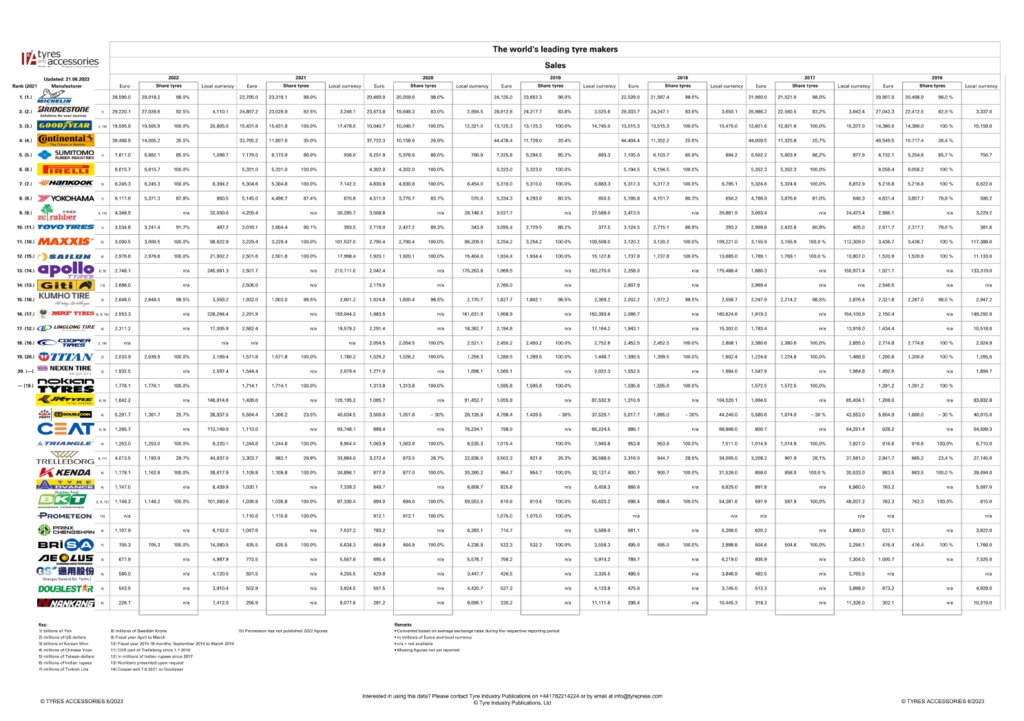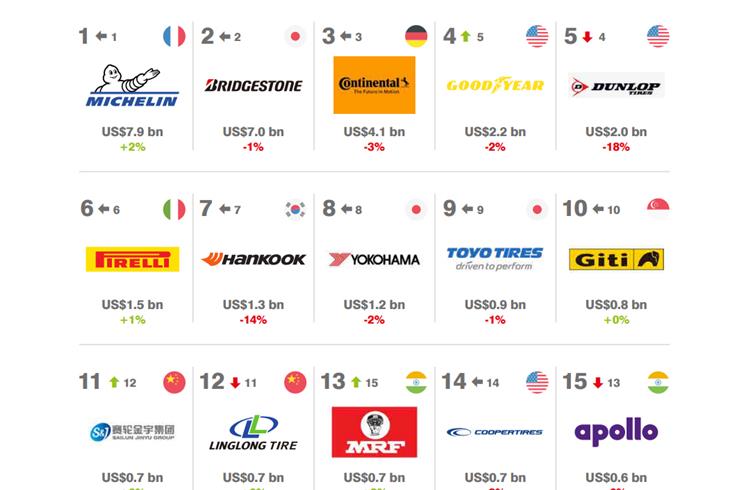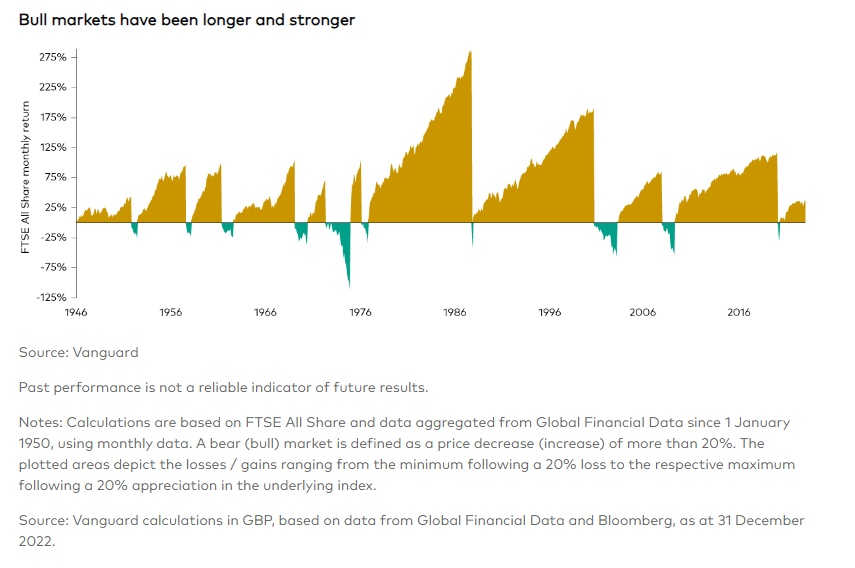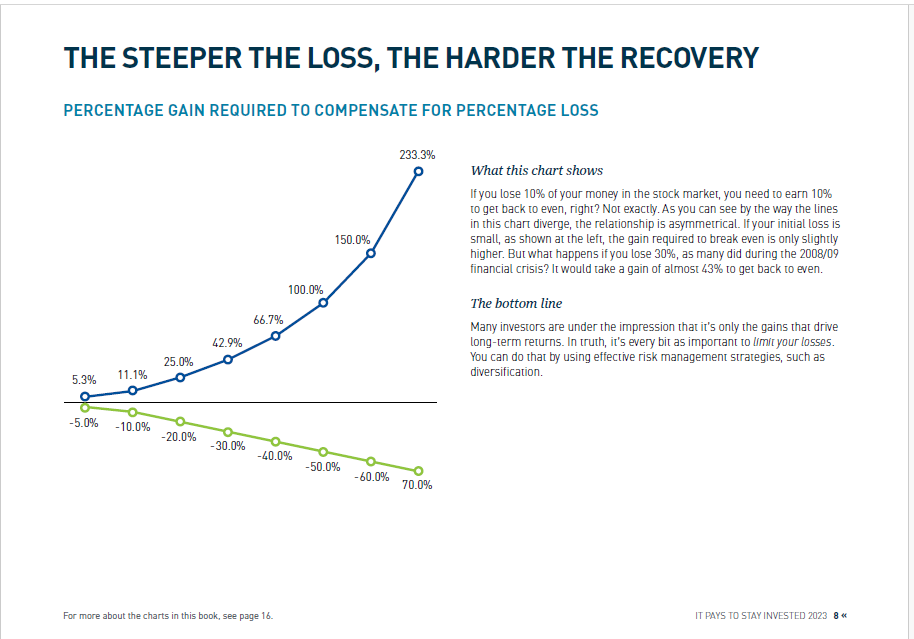The Canadian Dividend Tax Withholding rate for non-residents is 25%. However US residents holding Canadian securities can get a reduced rate due to the tax treaty between Canada and the US. The reduced rate is 15% for stocks held in regular brokerage accounts. For stocks held in qualified retirements accounts like the IRAs, Canada does not charge any withholding tax on dividends earned by US investors. With the calendar year approaching its end soon it is important for US investors to review this tax benefit and ensure the associated paperwork is in order.
For New Charles Schwab Customers: Millions of accounts of TD Ameritrade moved over to Schwab as a result of its acquisition of TD Ameritrade. In order to receive the reduced tax rate on Canadian securities, Schwab requires a new declaration form to be submitted to them. The previously filed one with TD Ameritrade does not automatically transfer to Schwab. The deadline to submit the “Declare Eligibility for Canadian Tax Treaty Benefits Individual, Corporation, or Trust” to Schwab is March 4, 2024.
1.Where to get this form?
Download this form from Schwab’s website, fill-up the pdf and submit.
2.What will happen if you don’t submit?
If the form is not submitted, an investor won’t receive the reduced tax benefit. Instead of 15%, investors will see a deduction at the regular rate of 25%.
3.What is the Due Date for submission?
Deadline is: March 4, 2024
4.Where can I find the Canada reduced tax form?
The “NR301 Declaration of eligibility for benefits (reduced tax) under a tax treaty for a non-resident person” form can be found at the Canada Revenue Agency’s (CRA) website for download. New Schwab customers DO NOT have to submit this form. Only the broker-specific form that Schwab uses must be submitted.
Related article on this topic from 2013:





